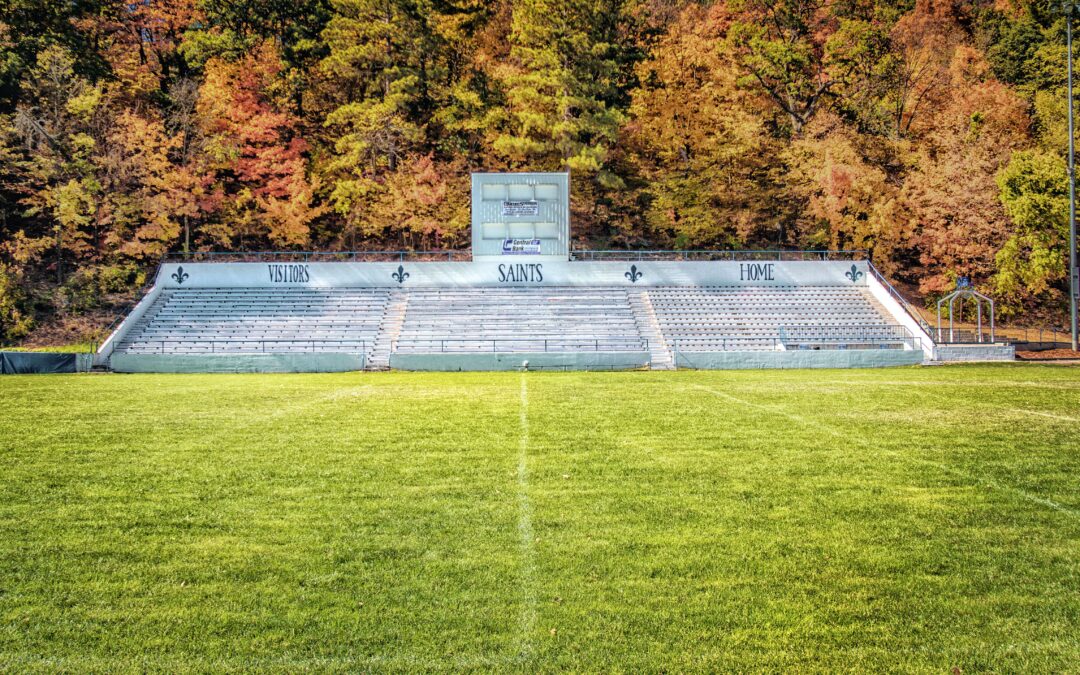The Future Of Soccer Fields
Soccer for the longest time has been played on a pure grass field. In recent years development for artificial turf has come a long way but is still a long way from reaching a pitch close to you. In the below, we will discuss what the differences between grass and artificial turf and look at a few advantages and disadvantages of this new type of turf going forward.
History
There is a deep delve to be done on the development and initial implementation of artificial turn, but that would be a discussion for another time. To understand the development and implementation of artificial turf in soccer, there are only a few key aspects you need to know.
- Older artificial turf from pre-2000 was hard and often referred to as green concrete by players. This surface caused injuries to the players and was not favored for anything but absolute necessity situations.
- FIFA approval – The FIFA quality concept was first introduced in 2001, providing a basic layout for what would be needed to have an artificial turf approved. The quality concept led to a lot of development around artificial turf and betterment of the industry.
- FIFA approval – FIFA introduced a 2-star approval system, which would have individual artificial turf installations rated to see if they met the specifications of FIFA.
- Current – There are currently 130 FIFA approved artificial turf grounds in the world, with more to follow soon.
Advantages Of Artificial Turf
Artificial turn has a few advantages of a genuine grass soccer field. Below, we discuss some of those advantages.
- Environment – The majority of the world is facing water crises; artificial turf cuts down on water usage to nearly nothing and is installed with a great system to catch rain water to be utilized elsewhere. It may not seem to be a big change, but the average grass soccer field needs up to 100000 liters of water daily to maintain proper density and growth. In the long term, this is no small amount of water.
- Durability – Artificial turf is durable and less prone to being ripped up by the nature of shoes worn by soccer players. Another key aspect is the lack of a mud layer build up, which usually makes grass rip up for almost nothing.
- Price – While artificial turf is more expensive on the initial setup, saving on maintenance, water and repairs aids in artificial turf being the cheaper overall option.
Disadvantages Of Artificial Turf
Just like online rewards and Big Dollar casino code offers, artificial turf has come a long way in recent years. It’s now a staple field for soccer at an international level but is still not perfect as it has some flaws when compared to its traditional grass counterpart.
- Damage – Artificial turn is much harder to damage. When artificial turf does get damages, it can be an expensive process to repair.
- Hardness – While artificial turf has come a long way from the old “green cement” sentiment, it still has a long way to go in hopes of being as soft as a grass field.
- Grip – With the fact that artificial turf takes less damage, it does so by being harder and supplies less grip to the players on the field. This may not be an actual problem as all the players are at the same slight disadvantage, but it can make things difficult when the players have been practicing on real grass fields.
Is It Worth It?
With the backing of FIFA, we can rest assured that artificial turf will still greatly develop into better mimicking the grip and hardness nature of grass. While it may not be there just yet, it’s good enough to implement now and is still getting better every year.
